Rigid land and labor laws and protectionist trade policies are hindering investment in India: World Bank
Updated: Dec 05, 2019 10:22:50am
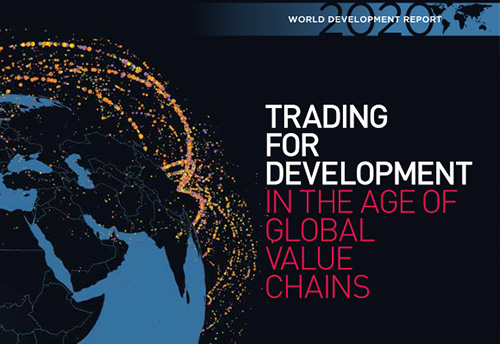
Rigid land and labor laws and protectionist trade policies are hindering investment in India: World Bank
New Delhi, Dec 5 (KNN) Cooperation on policy and trade facilitation can together go a long way toward eliminating delays at borders, says a World Bank Report on Global Value Chains (GVCs).
The report titled Trading for Development In The Age of Global Value Chains authored highlights that the failure of countries to coordinate the provision of infrastructure impedes GVC investment, expansion, and upgrading.
Each country does not fully internalize the benefits to foreign traders of reductions in domestic trade costs, and so gains are larger when governments on both sides of the border invest in expediting trade simultaneously.
GVCs can continue to boost growth, create better jobs, and reduce poverty—provided that developing countries undertake deeper reforms and industrial countries pursue open, predictable policies.
Going further, the report however highlights how the gains from the GVCs are not equally shared and how GVCs can hurt the environment.
The gains from GVC participation are not distributed equally across and within countries. Large corporations that outsource parts and tasks to developing countries have seen rising markups and profits, suggesting that a growing share of cost reductions from GVC participation are not being passed on to consumers, says the report.
At the same time, markups for the producers in developing countries are declining. Such a contrast is evident, for example, in the markups of garment firms in the United States and India, respectively, it adds.
Within countries, exposure to trade with lower-income countries and technological change contribute to the reallocation of value added from labor to capital. Inequality can also creep upward in the labor market, with a growing premium for skilled work and stagnant wages for unskilled work.
Women also face challenges, says the report explaining that GVCs may offer more women jobs, but they seem to have even lower glass ceilings. Women are generally found in the lower value-added segments; it is hard to find women owners and managers. GVCs can also have harmful effects on the environment.
The main environmental costs of GVCs are associated with the growing, more distant trade in intermediate goods compared with standard trade. This leads to higher carbon dioxide (CO2) emissions from transportation (relative to standard trade) and to excess waste (especially in electronics and plastics) from the packaging of goods.
The growth generated by GVCs can also strain natural resources, especially if accompanied by production or energy subsidies, which encourage excess production. On a more positive note, the concern that firms may choose to locate the most polluting stages of production in countries where environmental norms are laxer is not borne out by the data.
The World Bank Report shows that GVCs are not just in manufacturing—but they have also expanded rapidly in services.
Services are an invisible but vital part of GVCs. The fragmentation of goods production has been associated with outsourcing not just manufacturing tasks but also service tasks, with the back office of many U.S. manufacturers now in India.
In addition, transportation, telecommunications, and financial services facilitate and coordinate the geographic dispersion of production in all sectors. And service production is itself being fragmented across countries, such as when preliminary architectural designs, tax returns, and magnetic resonance imaging (MRI) readings are performed in one country and finalized and delivered to customers in another.
In France, Germany, Italy, the United Kingdom, and the United States, services con-tribute more than half the total value added embodied in exports. India, Kenya, and the Philippines also have rapidly expanding ICT and business service sectors.
The Report suggest that a large pool of low-skilled workers matters for joining manufacturing GVCs, but higher skills matter for upgrading.
Citing example, the report elaborated that Bangladesh’s success in apparel exports after conclusion of the Multifibre Arrangement’s quota regime in 2004 is linked to its large pool of low-skilled, low-cost workers. At less than $200 a month, the average wage of an apparel sector worker in Bangladesh is lower than that in China ($270), India ($255), and Vietnam ($248).
The abundance of low-skilled labor in countries is positively linked to the extent of their backward integration in GVCs, says the report.
The report points that costly imported intermediates are a barrier to GVC integration. It says successive rounds of trade negotiations and unilateral trade liberalization efforts have been a driving force for GVC integration over the last three decades.
Tariffs on imported intermediates shape countries’ export bundles, often preventing them from upgrading to more sophisticated or more profitable products.
Explaining this theory, the report says, Nepal exports tea almost entirely in bulk to India at about one-tenth of the price for tea sold packaged to Germany or the United Kingdom. To scale up the exports of branded, packaged tea, Nepalese entrepreneurs need intermediate inputs such as filter bags.
But those are subject to a tariff of 30 percent, plus a 5 percent excise duty, increasing the world price of filter bags for Nepalese exporters by 36.5 percent and hampering their competitiveness.
Exporters can often circumvent high tariffs on imported intermediates by using duty suspension mechanisms, but these often do not function efficiently.
The full report can be viewed at:
https://www.worldbank.org/en/publication/wdr2020
According to a report on ET, Aaditya Mattoo, an economist with the World Bank and co-author of the World Development Report 2020 on global value chains, said earlier this week that rigid land and labor laws and protectionist trade policies are hindering investment in India even though the government has made strides in improving the ease of doing business, according to the World Bank.
“What inhibits are restrictive regulations which affect its land, labor, logistics and also its policies which affect trade and goods and services.”
That’s why the production that has relocated from China due to the trade war “has not gravitated toward India,” he said in New Delhi on Tuesday. (KNN Bureau)

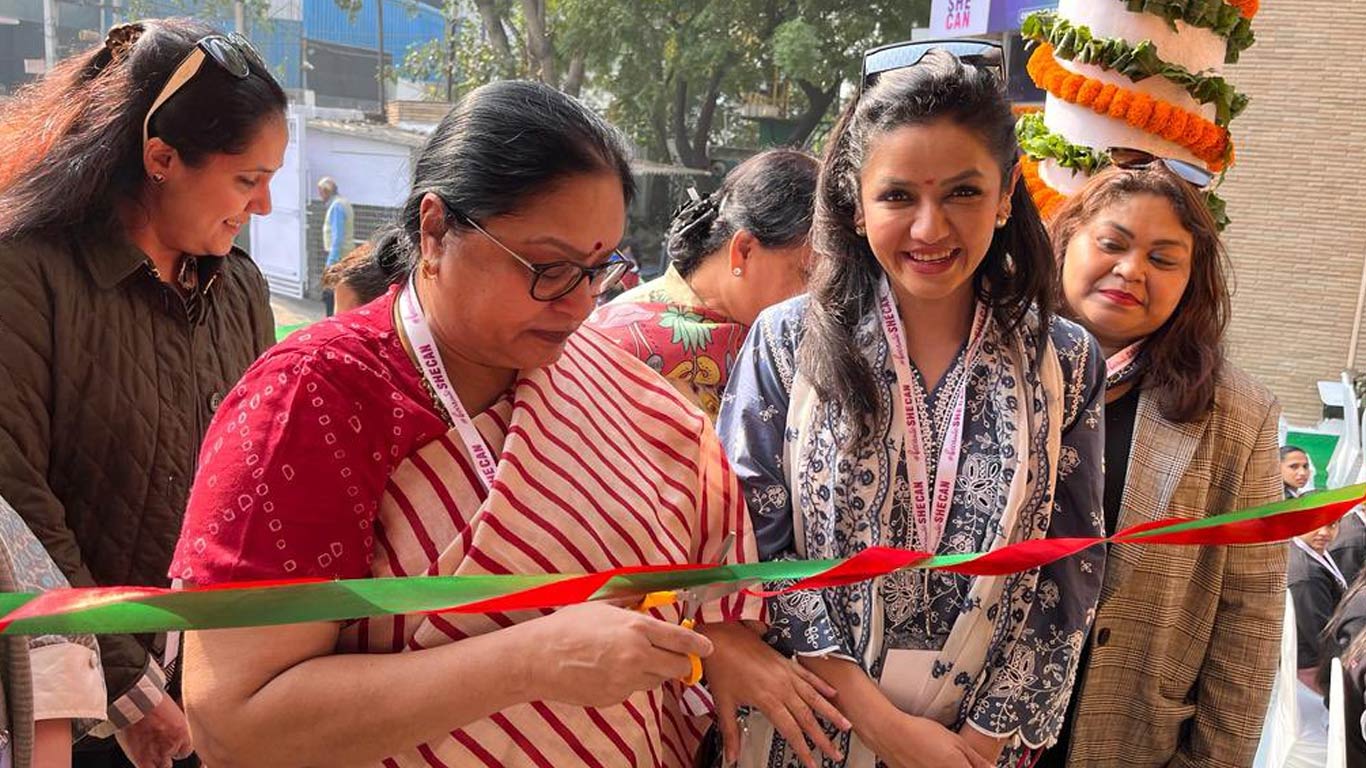
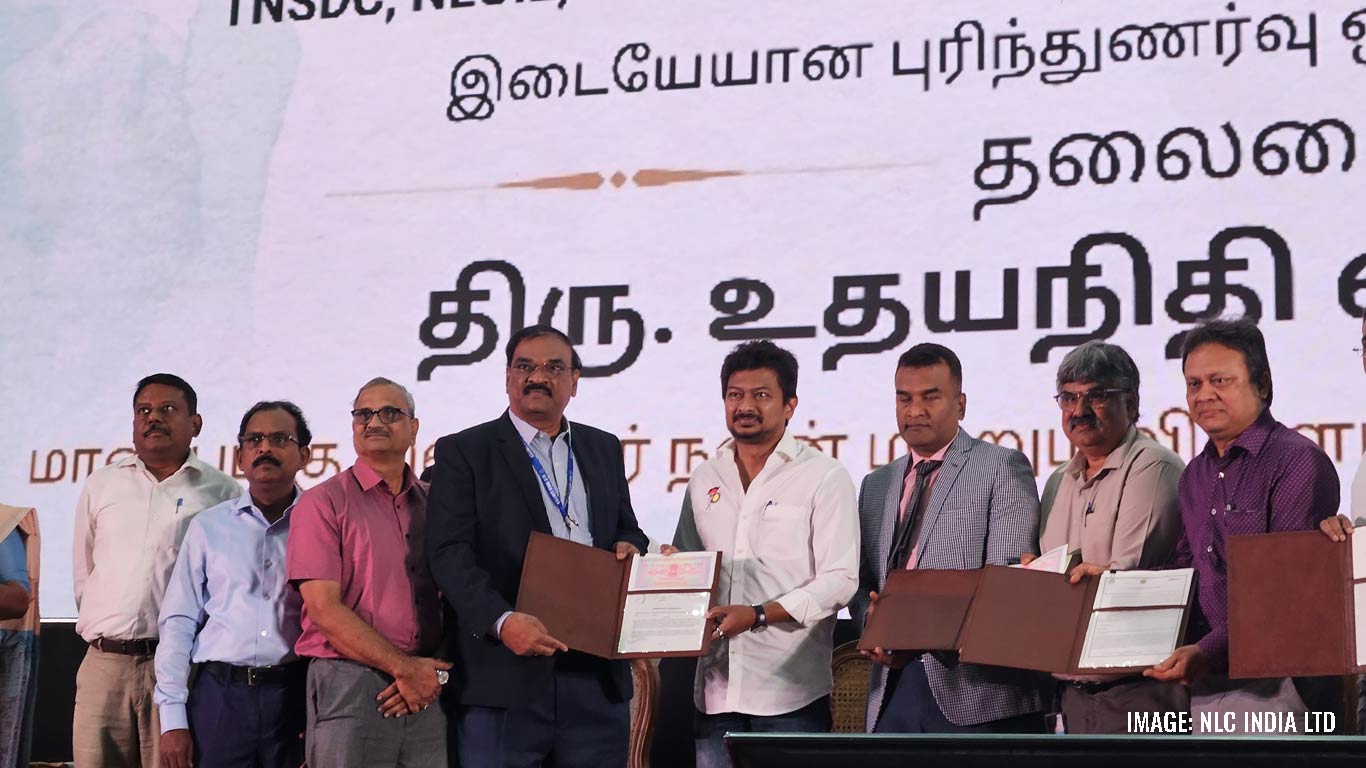

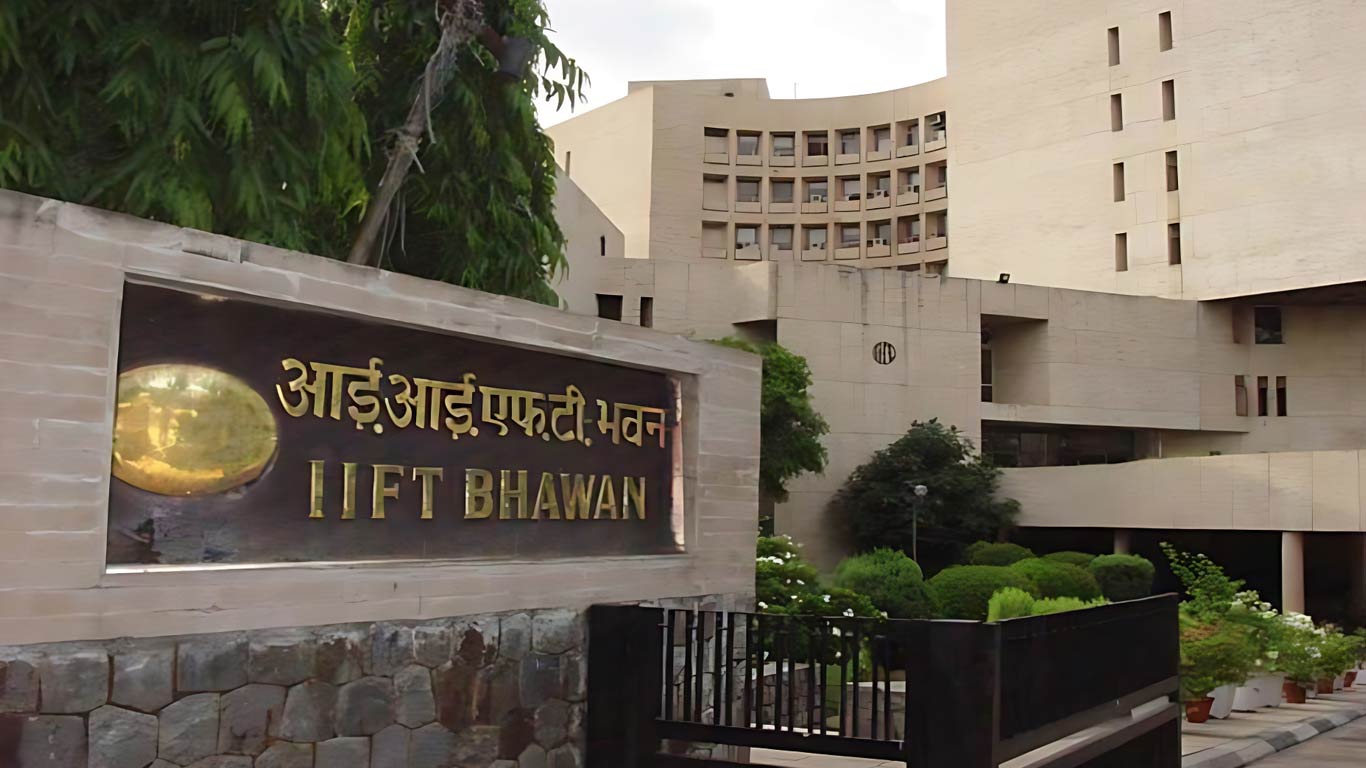
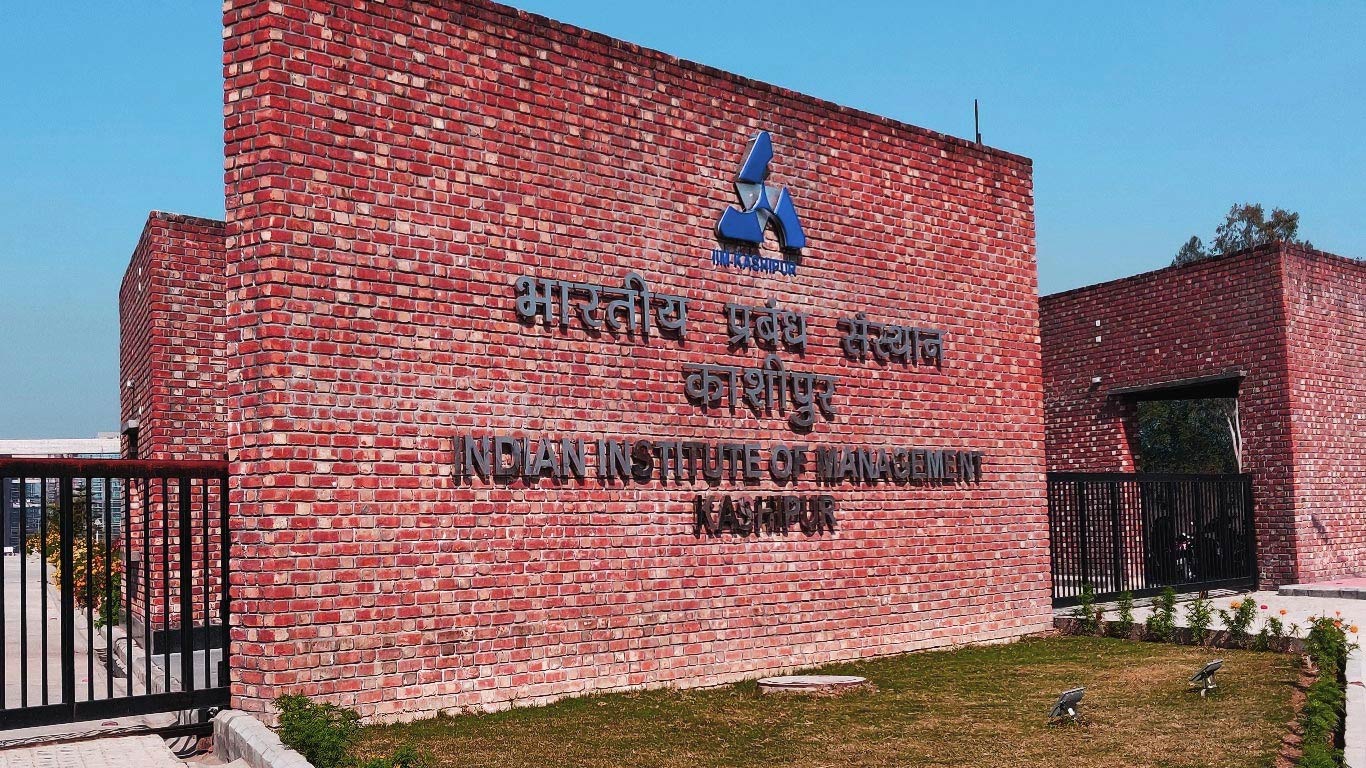





